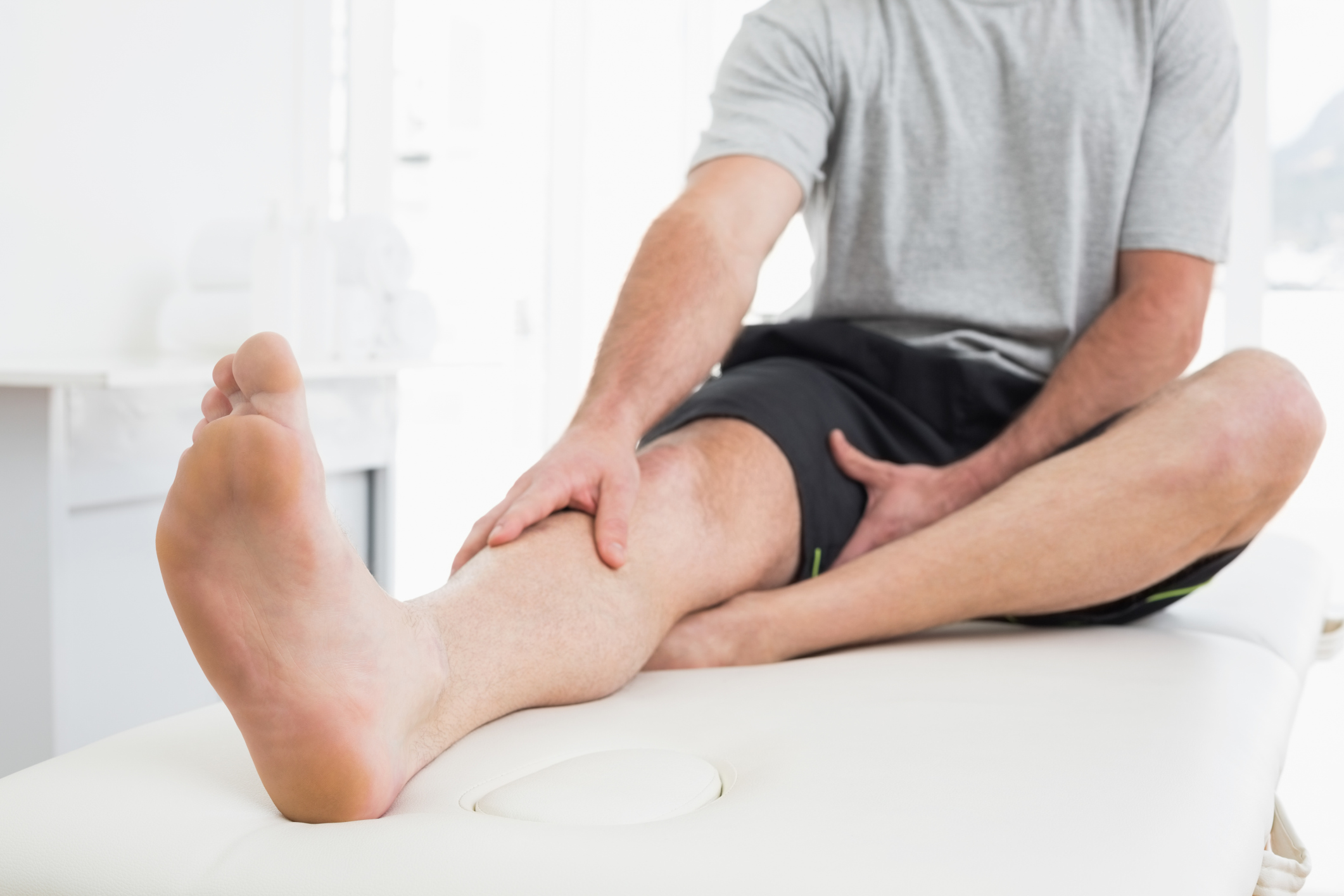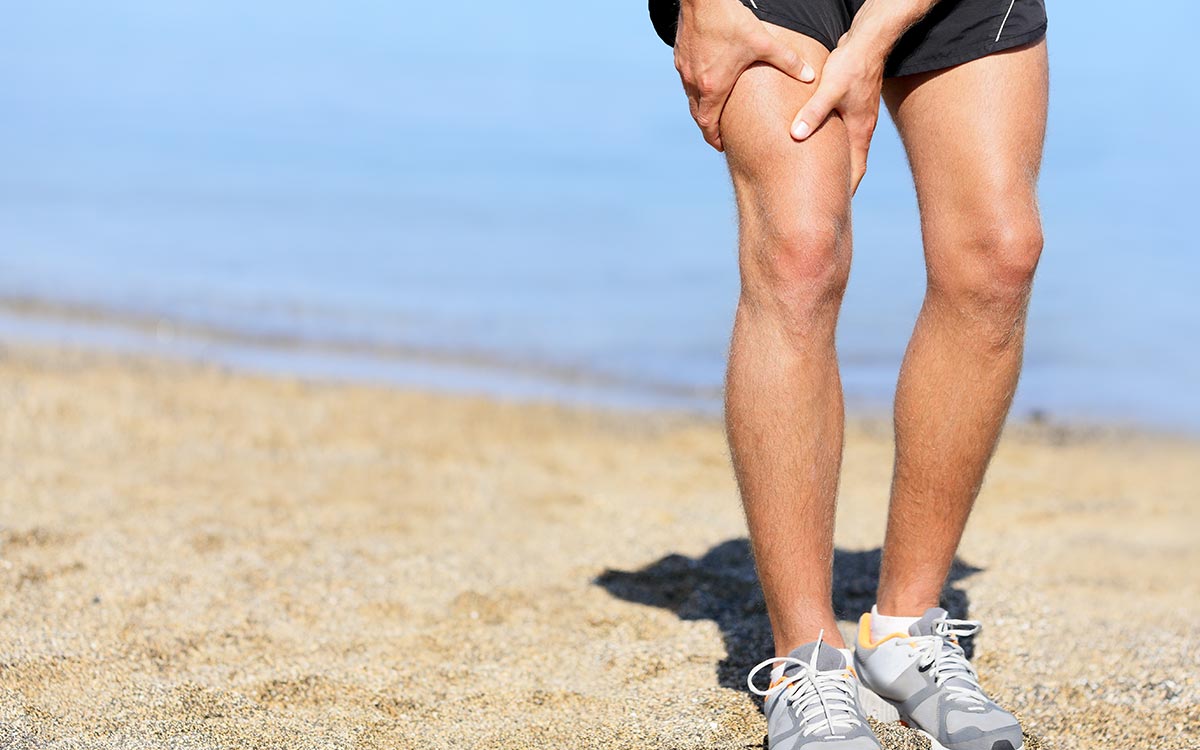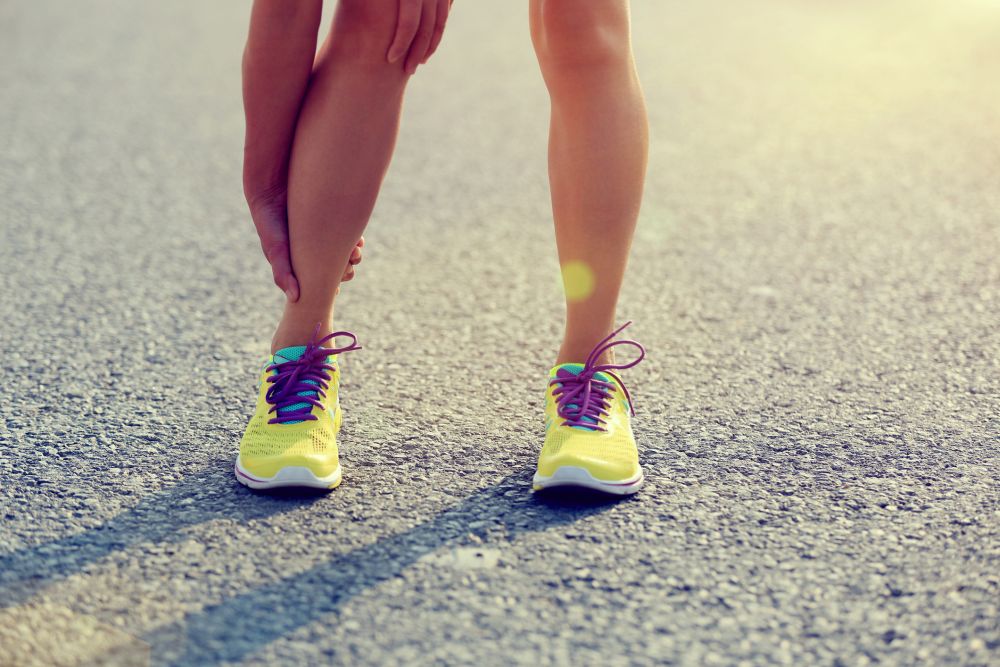Tissue adaptation: why it’s important to runners
Runner and physiotherapist Robbie MacDonald offers his advice for how runners can strengthen their connective tissue to prevent injuries

Research suggests that anywhere from 45 to 75 per cent of runners will sustain an injury that will impact their running volume and training every year. Most of these injuries are a result of repetitive overuse of the connective tissues in your body, such as your muscles, ligaments, tendons and cartilege. We spoke with Nova Scotia runner and physiotherapist Robbie MacDonald, who explained why our connective tissues are so important and how runners can take care of them.

RELATED: What they don’t tell you about long-term injuries
What is connective tissue?
MacDonald explains connective tissue is the structure that binds and supports all of the other things that help us move. It can be found in bone, muscles, ligaments that connect bones to each other, tendons that connect muscle to bone, cartilage, fascia and arteries that provide oxygen and nutrients to all your working parts. Injuries occur when the applied stress is greater than the tissues’ capacity to adapt.
“People don’t think of running as a contact sport, but in reality it is, because your foot’s contacting the ground 8,000 to 10,000 times in an hour at over three times your body weight,” he explains.
Training adaptation vs. maladaptation
MacDonald says that while some muscle soreness is a normal part of training adaptation, stiffness, soreness and pain that lasts for an extended period after a run is a sign of maladaptation. At this point, your body is trying to dissipate too many forces while running, which could lead to an injury. MacDonald adds you also need to consider all the other factors that influence how your body adapts to stressors, including external stress, fatigue and nutrition.
“In theory, no matter what the biomechanical presentation is, if you ran within your tissues’ adapted tolerance and never made a training error (in terms of volume and intensity), you could prevent ever having an injury,” he says.
The trouble is, your cardiovascular fitness improves much faster than your connective tissue, so it’s easy to do too much too soon and end up with an injury. Connective tissue can also take a long time to heal, and in some cases, changes in injured connective tissue are still present up to a year after the initial injury. Certain types of connective tissue also take much longer to adapt to stress or heal than others because of blood supply.
“For example, tendons adapt at a much slower rate than muscle,” explains MacDonald, “because there’s less blood supply to that tissue.”

MacDonald’s advice to runners
The good news is, you can increase your connective tissue’s stress threshold, and there are a few simple things that can help you do this and decrease your risk for injuries. MacDonald offers the following suggestions to runners.
Get a good coach. They’ll help you periodize your training properly so you’re not doing too much too soon.
Consider a health professional. A physiotherapist, chiropractor or osteopath who’s knowledgeable about running will help you catch and treat injuries early, before they become a significant problem.
Start gradually. If you’re a new runner, MacDonald suggests starting with something like a couch to 5K program that will help you build your running mileage up slowly. Likewise, if you’re returning to running after an injury, increase your volume slowly to avoid re-injuring yourself, or getting another injury.
Listen to your body. Pay attention to the signs of adaptation versus maladaptation, and if you’re experiencing prolonged soreness, soreness on only one side of the body or in one specific place, or pain, back off your training a bit.
Spread your mileage out. For newer runners, instead of concentrating all of your running into a couple of days, MacDonald suggests running shorter distances more frequently. This will give your connective tissues more of an opportunity to adapt without over-stressing them with one longer run.
Avoid over-striding. When your foot lands too far in front of you, you increase the amount of braking forces acting on your body, which puts more stress on your tissues. A good coach or a running-specific health professional will be able to give you drills and exercises that will help you improve your running form and reduce these forces. MacDonald also suggests running with a metronome app on your phone, to increase your stride rate, which will help you reduce some of the forces (vertical and braking) associated with each foot strike and hence, run longer injury-free. He says the optimal stride rate for most people is between 170 to 190 steps per minute.
Include cross-training and strength training in your program. This will give your tissues a different kind of stress, which will make them more resilient to injury. It will also strengthen the muscles and tissues around important joints through a wider range of motion than what you typically go through when you run, making them more injury-resistant.
Control other factors: make sure you’re getting enough sleep and you’re eating to support your activity level.


